It’s critical that you do not disturb seals when viewing. All marine mammals (e.g., seals, whales, walruses, porpoises, dolphins) are federally protected under the Marine Mammal Protection Act. If you do see an animal in distress contact your local member of the Northeast Region Marine Mammal and Sea Turtle Stranding & Entanglement Network.
Marine & Freshwater Environmental Education
Follow BCS on Twitter
My TweetsWant updates on BCS posts?
Scroll through the BCS archives …
Learn more on …
Random posts from BCS …
Can you name the state fish of Hawai’i?
It’s “Humuhumunukunukuāpua’a” in case you missed it when the bartender mentioned it in Forgetting Sarah Marshall. As a bonus, I’ll also give you a rundown of all the other states with a state saltwater/game fish. Some you may already know, but some might surprise you! I never would have thought that so many states have […]
12 truths about diamondback terrapins (please, see #8)
Each diamondback terrapin is a work of art. Their skin color ranges from pale to dark gray, or even black. The underside of their shell (plastron) ranges from yellow to green, or even black. But, those variations aren’t the reason for its name. If have the opportunity, be sure to check out the mesmerizing diamond-shaped […]
What do you do if you see a marine mammal stranded?
Keep calm. Also, remain at least 100 feet back so as not to scare the animal back into the ocean. If the animal is injured you want to be sure to get experts there immediately to investigate. If you are on the Atlantic coast call one of the following members of the Northeast Stranding Center. […]
Who … What … Me?
Can you guess the common name designated to the animal pictured to the right? Here are some facts about the critter: Found in Antarctica Has watery-jelly like flesh Lives in the deep part of the ocean Image (c) of newscience.com
Do all ocean animals swim together in schools?
Nope, here is a short list of terms used to describe certain groups of ocean animals when they congregate together. Jellyfish swim in a smack. Whales swim in a pod. Herring swim in a seige. Penguins walking together on land is called a waddle. Have a great question that needs a concise and comical answer? […]
The Dating Game: Marine Biologist Edition
With just ten days until Valentine’s Day, I thought I would try to uncover the most sought out after fictional marine biologist. Fill out the survey and on Valentine’s Day, the character with the most votes will be revealed. I do recognize that this is skewed and only includes male marine biologist characters. What can […]
How do fish float?
There are a few different answers – depending on what type of fish we are asking about. The most sophisticated types of fishes – bony fishes – have a swim bladder. These fish can inflate their swim bladder with gas from a special gas gland. The gas is basically oxygen from the fish’s blood. Bony […]
Nudibranchs: The elusive butterflies of the sea
The 3,000 species of nudibranchs (noo-duh-brangk) boast more colors than a box of Crayola crayons and most nudibranchs “live no more than a year and then disappear without a trace, their boneless, shell-less bodies leaving no record of their brief, brilliant lives”. These sea slugs are found all over the world and range in size […]
Sea level rise is settled fact
“Some scientific conclusions have been so thoroughly examined and tested, and supported by so many independent observations and results, that their likelihood of being found wrong is vanishingly small. Such conclusions are then regarded as settled facts. This is the case for the conclusions that the Earth system is warming and that much of this […]
99 reasons I’m in ‘Limulus Love’
It’s no secret that I love those horseshoe crabs. Well someone on Twitter this week asked me why I am so crazy over them so I thought I’d take the time to outline 99 reasons I think Limulus polyphemus are a fascinating species. Three Nobel Prizes were awarded to scientists who did some or all […]
Flickr photos …
Top posts & pages from BCS …
- Hurricane vs. Cyclone vs. Typhoon
- A House for Hermit Crab
- How to handle a horseshoe crab
- Snot's your house
- Wednesday Wisdom: Various quotes (Alaska scenes)
- A naturalist's must-see destination: Fossil Hunting at Bayfront State Park in Chesapeake Beach, MD
- Belly biology creates lasting memories
- Five awful puns about courtship in the sea
- Horseshoe crabs confirmed as members of arachnid family
- Beyond the bag: Other plastics being banned
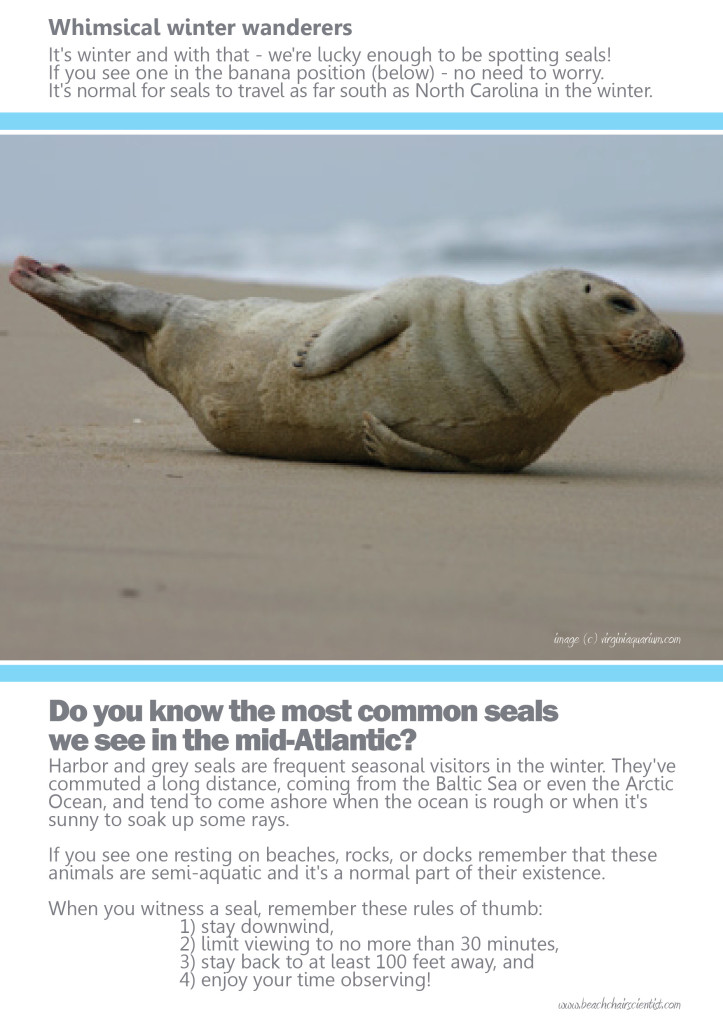

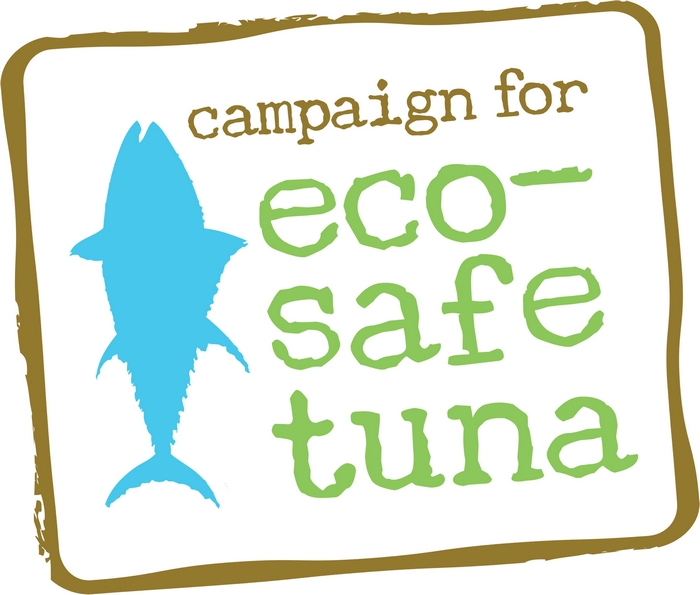


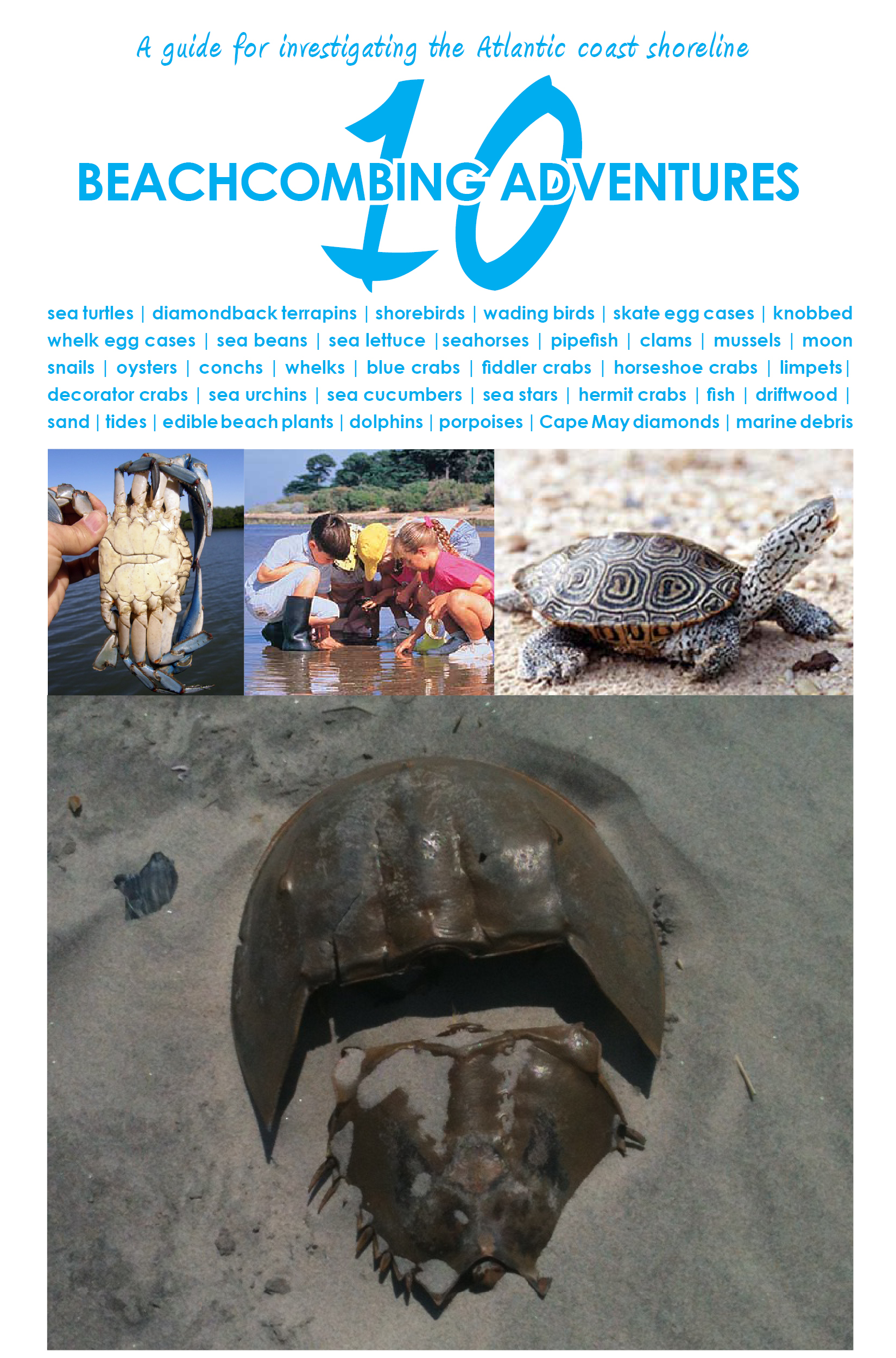
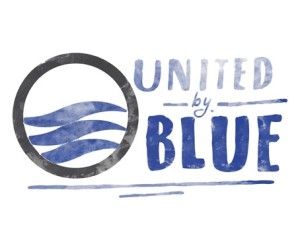
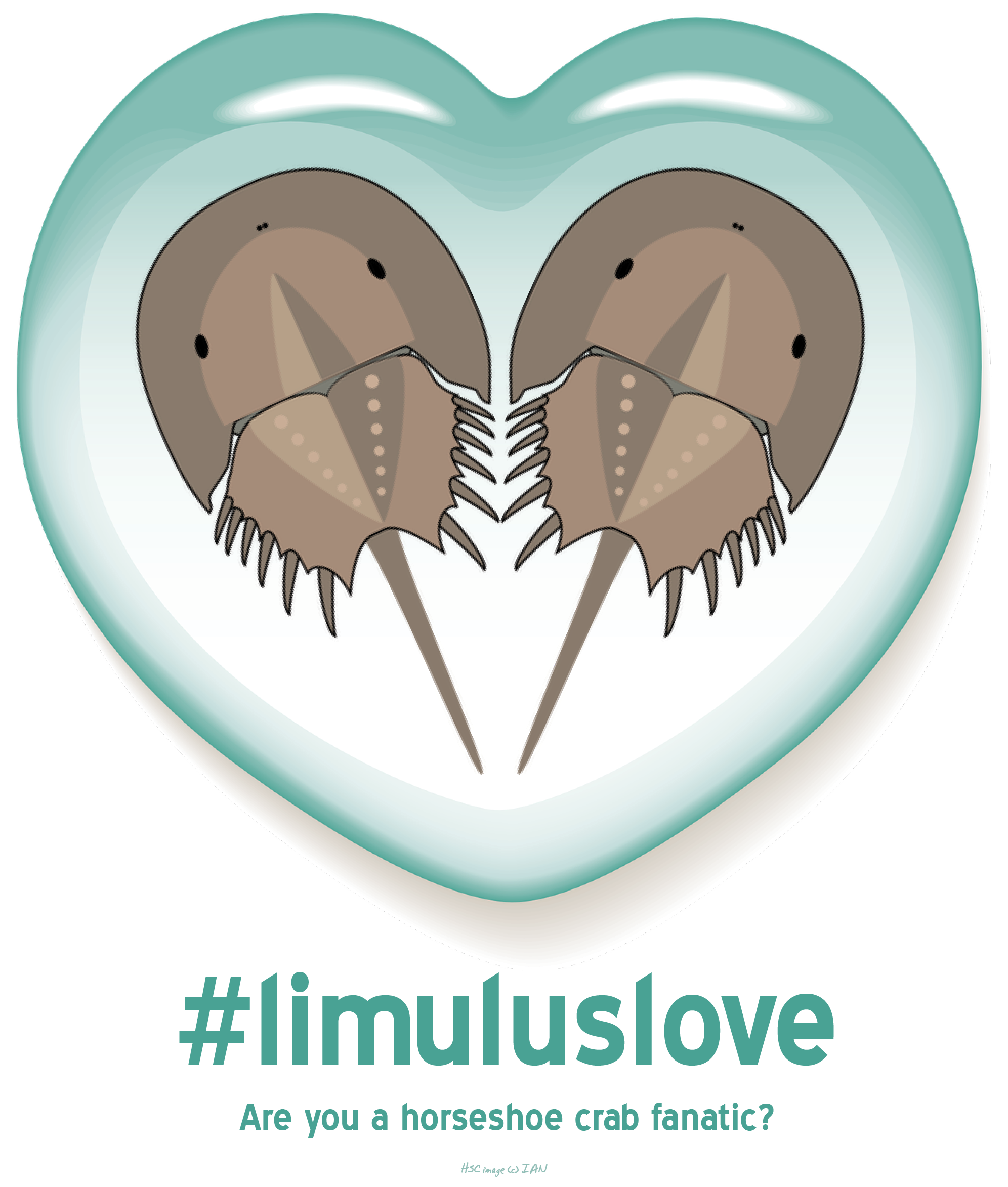
What people are saying …